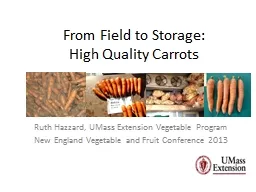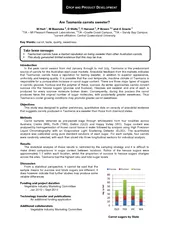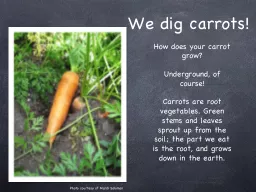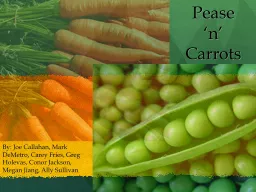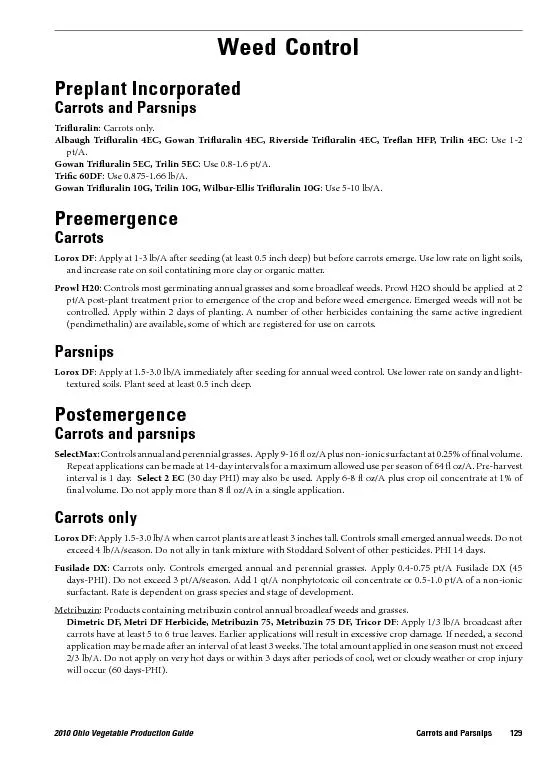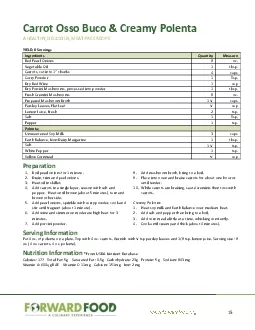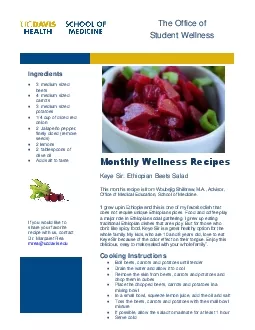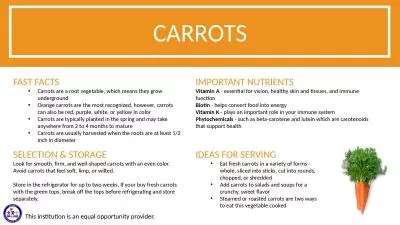PPT-From Field to Storage: High Quality Carrots
Author : mudth | Published Date : 2020-06-25
Ruth Hazzard UMass Extension Vegetable Program New England Vegetable and Fruit Conference 2013 Expanding Winter Harvest and Sales for New England Vegetable Crops
Presentation Embed Code
Download Presentation
Download Presentation The PPT/PDF document "From Field to Storage: High Quality Carr..." is the property of its rightful owner. Permission is granted to download and print the materials on this website for personal, non-commercial use only, and to display it on your personal computer provided you do not modify the materials and that you retain all copyright notices contained in the materials. By downloading content from our website, you accept the terms of this agreement.
From Field to Storage: High Quality Carrots: Transcript
Download Rules Of Document
"From Field to Storage: High Quality Carrots"The content belongs to its owner. You may download and print it for personal use, without modification, and keep all copyright notices. By downloading, you agree to these terms.
Related Documents

